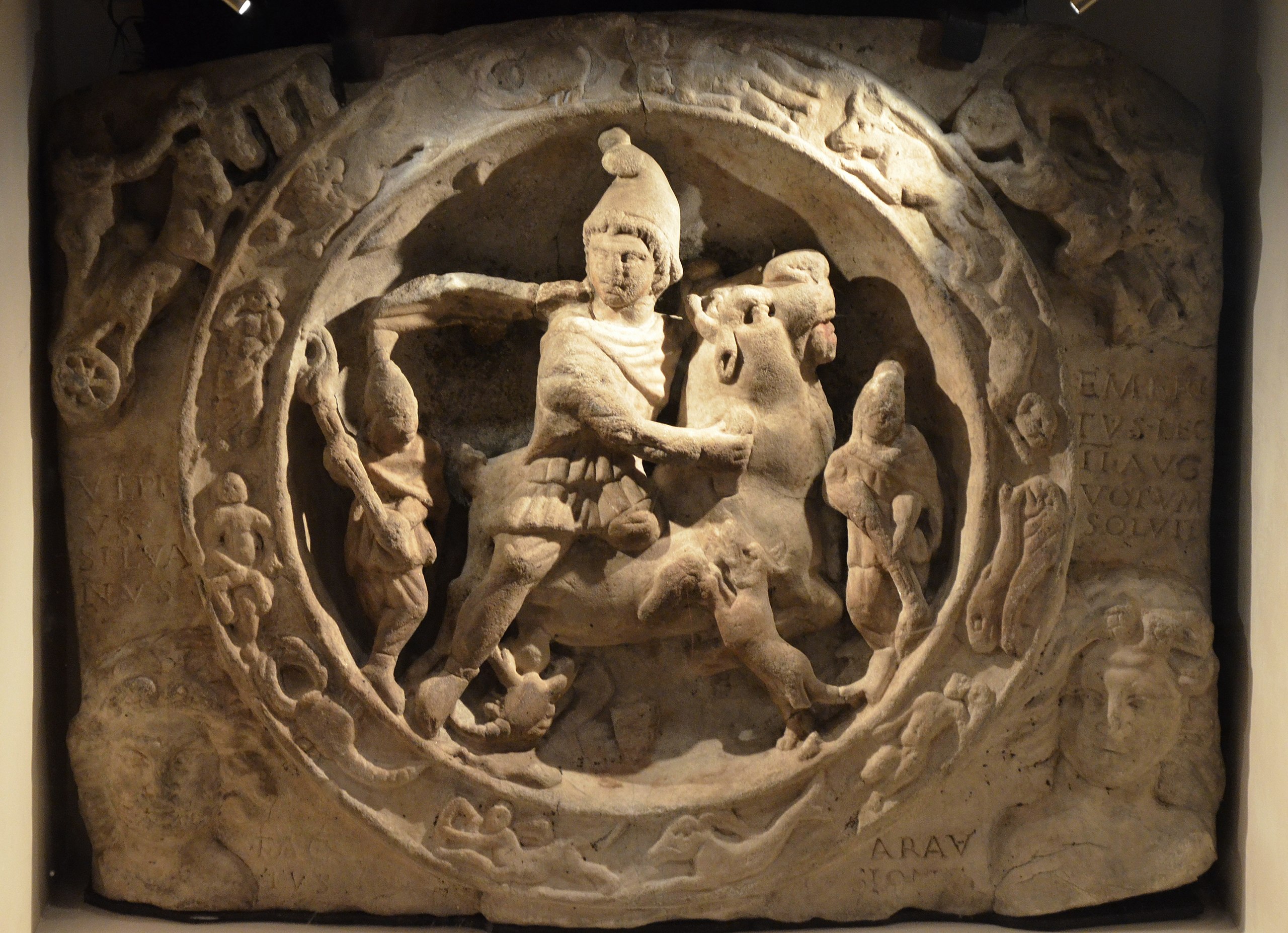Davemaoite, named after Carnegie Institution for Science Geophysical Laboratory scientist Ho-Kwang “Dave” Mao, is a mineral of calcium silicate perovskite (CaSiO3). Formally approved as a new mineral name by the International Mineralogical Association (IMA) last year, it was included, along with other new minerals, in the 58th Commission on New Minerals, Nomenclature and Classification (CNMNC) newsletter as IMA no. 2020-012a. Davemaoite possesses a polymorph cousin, or a mineral with the same composition but of a different structure, in the widespread wollastonite.
Thing is, Davemaoite was only declared a new name of mineral last year. Prior to its discovery and formal designation as a type mineral, scientists had never actually found any samples of davemaoite—meaning it was all theoretical up till that point. The study of this new mineral, spearheaded by University of Nevada mineralogist Oliver Tschauner, was published in the journal Science.
Tschauner and colleagues identified the mineral from a particular diamond obtained from the Botswanan Orapa mine. It was actually found decades ago; afterwards, it found itself sold to California Institute of Technology mineralogist George Rossman back in 1987. From there, Rossman worked together with Tschauner to figure out the true identity of the mysterious black specks within the diamond. And, as it turns out, they found something truly extraordinary.
Davemaoite was theorized to exist only in the lower mantle, which reaches up to 2,700 km (1677 mi) below Earth’s surface. It is expected to only form due to the persistent presence of high pressures from the weight of all the rock above and around it, as well as high temperatures rooted within our planet. Davemaoite was also expected to “scavenge” radioactive isotopes from down below, such as isotopes of uranium (U) and thorium (Th), by swapping places with the calcium (Ca) locked inside its structure; these isotopes generate heat—it’s why we use their kind as fuel for nuclear power plants—hence giving davemaoite a crucial role in temperature management beneath the Earth.
As a result of davemaoite’s high-pressure and high-temperature origins, scientists expect to find none of it on the surface; after all, there exists a temperature and pressure gradient within the Earth—the higher up you go, the lower the temperature gets and the lower the pressure becomes. As such, high-pressure minerals like davemaoite are expected to “morph” into forms more stable at lower temperatures and pressures as they go away from the mantle and towards the crust.
Luckily for Tschauner and colleagues, this particular davemaoite is locked inside diamond, the hardest mineral on Earth. This diamond was found to have originated some 660 km (410 mi) below the surface of the Earth; it’s not far-fetched to think about davemaoite forming that far down, then having some diamond form around it.
In turn, the strength of the diamond around it kept the now-locked davemaoite inside at high pressures, preventing it from “morphing” into other forms and keeping it away from other reactive elements that might otherwise taint or destroy the mineral. In the words of Tschauner himself in a statement to Nature: “It’s the strength of the diamond that keeps the inclusions at high pressure.”
Instances of minerals locked in other minerals aren’t necessarily rare in nature; in fact, an earlier study published just this year details evidence for carbon associated with once-living creatures found locked inside a ruby.
As it stands, davemaoite is one of three minerals that scientists think can be found in the Earth’s mantle, according to Tschauner. It is said to make up around 5-7% of mantle material.
The race is also on to find more samples of davemaoite that might have already been mined but instead remain uncharacterized. For instance, the Orapa mine which housed this davemaoite sample for eons prior to being found was rich in potassium (K); Tschauner and colleagues thus think their first step is to look for diamond down below potassium-rich areas.
Davemaoite marks the second mineral named after the prolific geophysicist Dave Mao; the first one, maohokite, was identified back in 2018 by scientists working on samples obtained from China’s Xiuyan Crater.
(For more findings on diamond, check out an earlier report on how scientists made them here at the surface using a new technique called “flash joule heating.”)
References
- Baker, H. (2021, November 11). Diamond hauled from deep inside Earth holds never-before-seen mineral. LiveScience. https://www.livescience.com/new-mantle-mineral-found-in-diamond
- Chen, M., Shu, J., Xie, X., & Tan, D. (2019). Maohokite, a post-spinel polymorph of MgFe2O4 in shocked gneiss from the Xiuyan crater in China. Meteoritics & Planetary Science, 54(3), 495–502. https://doi.org/10.1111/maps.13222
- Mao, H. K., & Bell, P. M. (1976). High-pressure physics: The 1-megabar mark on the ruby r1 static pressure scale. Science (New York, N.Y.), 191(4229), 851–852. https://doi.org/10.1126/science.191.4229.851
- Miyawaki, R., Hatert, F., Pasero, M., & Mills, S. J. (2020). IMA Commission on New Minerals, Nomenclature and Classification (CNMNC) – Newsletter 58. European Journal of Mineralogy, 32(6), 645–651. https://doi.org/10.5194/ejm-32-645-2020
- Tschauner, O., Huang, S., Yang, S., Humayun, M., Liu, W., Gilbert Corder, S. N., Bechtel, H. A., Tischler, J., & Rossman, G. R. (2021). Discovery of davemaoite, CaSiO3-perovskite, as a mineral from the lower mantle. Science, 374(6569), 891–894. https://doi.org/10.1126/science.abl8568
- Witze, A. (2021). Diamond delivers long-sought mineral from the deep Earth. Nature. https://doi.org/10.1038/d41586-021-03409-2
- Wollastonite—An overview | sciencedirect topics. (n.d.). Retrieved November 12, 2021, from https://www.sciencedirect.com/topics/biochemistry-genetics-and-molecular-biology/wollastonite











